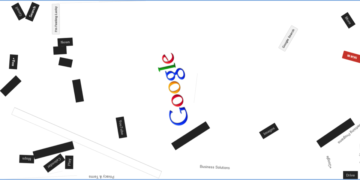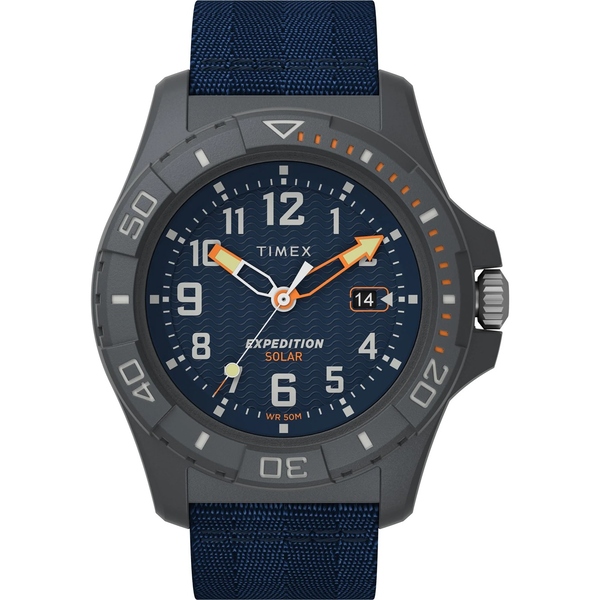Timex designed the Expedition series specifically for outdoor enthusiasts to offer their customers a tough edition within their product range. The Timex Expedition watches maintain the company’s affordable prices along with practicality and longevity features. Several essential elements must be evaluated by anyone purchasing an expedition watch. Five essential assessment factors regarding these expedition-ready watches will be examined in this article.
1. Understanding the Activity-Specific Features
Every Timex Expedition model has unique features tailored for certain outdoor pursuits and conditions. While some models include altimeters and barometers for climbing, others perform well in aquatic conditions with improved depth ratings. Chronographs help runners and hikers keep track of time, while versions with compass help with navigating in the outdoors. Before choosing, carefully consider which aspects complement your main outdoor activities.
2. Evaluating Material Construction for Durability
An Expedition watch’s durability in harsh conditions is greatly influenced by its material composition. Stainless steel and resin composites are two examples of case materials; each has varying degrees of impact resistance and weight considerations. Mineral glass and the more expensive sapphire, which offers better scratch resistance, are crystal alternatives. Leather, nylon straps, and metal bracelets are among the band materials that affect comfort, water resistance, and general longevity when worn for lengthy periods of time in unfavorable situations.
3. Assessing Practical Readability Features
Any adventure watch worth its salt must be able to see in a variety of circumstances. From bright hands and markings to the iconic Indiglo backlight, the Expedition range integrates a variety of lighting technologies. When moving quickly or in poor light, at-a-glance readability is determined by dial contrast, numeral size, and overall face design. Think about how simple it is to see the watch face when moving or in low-light situations, which are common in your travels.
4. Considering Battery Life and Power Management
As you get farther away from civilization, power issues become more significant. The quartz movements used in traditional Expedition models have a battery life of three to five years, although more recent models may have solar charging capabilities for more independence. Certain models have power-saving settings or battery life indications to assist avoid unplanned power outages in emergency scenarios. When choosing the right power system, consider how long your expeditions usually last and whether you have access to spare batteries.
5. Understanding Size and Ergonomic Comfort
For prolonged outdoor use, an Expedition watch’s physical proportions and comfort level should be carefully considered. The thickness of a case varies according to its water resistance rating and features, while its width usually falls between 38 and 45 mm. During full-day usage, weight disparities between models may become apparent, particularly while participating in vigorous activities. Long-term comfort during demanding activities and in a variety of weather situations is greatly influenced by the design of the strap, including its breadth, material flexibility, and fastening mechanism.
Conclusion
For outdoor enthusiasts looking for solid timekeeping without breaking the bank, Timex Expedition watches provide consistent performance. You may choose a model that precisely fits your adventure profile by carefully weighing the features, durability considerations, readability, power management, and ergonomics covered above. These watches have devoted fans among outdoor lovers all around the world because they strike a careful balance between price and usefulness.


























